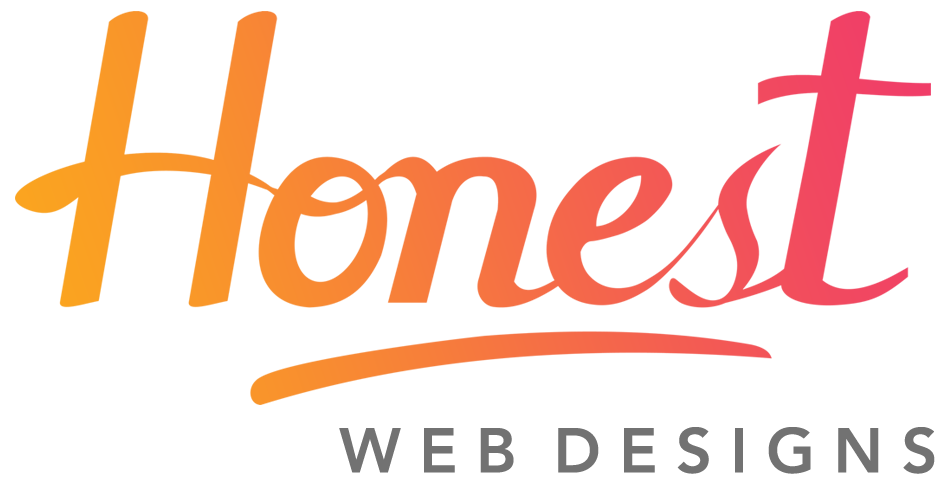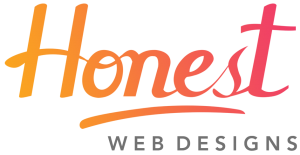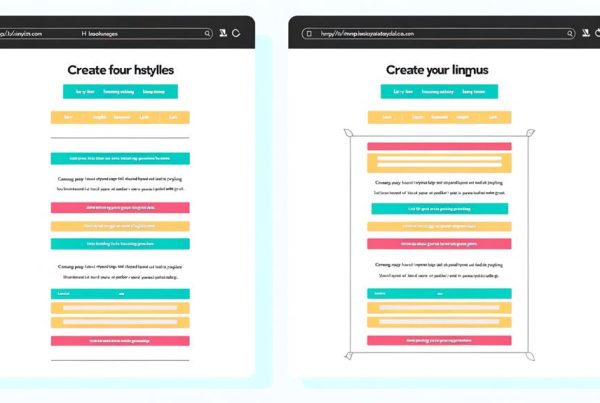Curious about the real steps to becoming a UX designer? We've heard countless theories about what it takes to break into this dynamic field, but the truth is often elusive.
It's time to separate fact from fiction and uncover the concrete steps that can launch your career as a UX designer.
But before we dive into the specifics, it's crucial to understand the foundational principles that underpin this in-demand profession.
So, are you ready to gain invaluable insights that could shape your future in UX design?
Choosing the Right UX Design Course
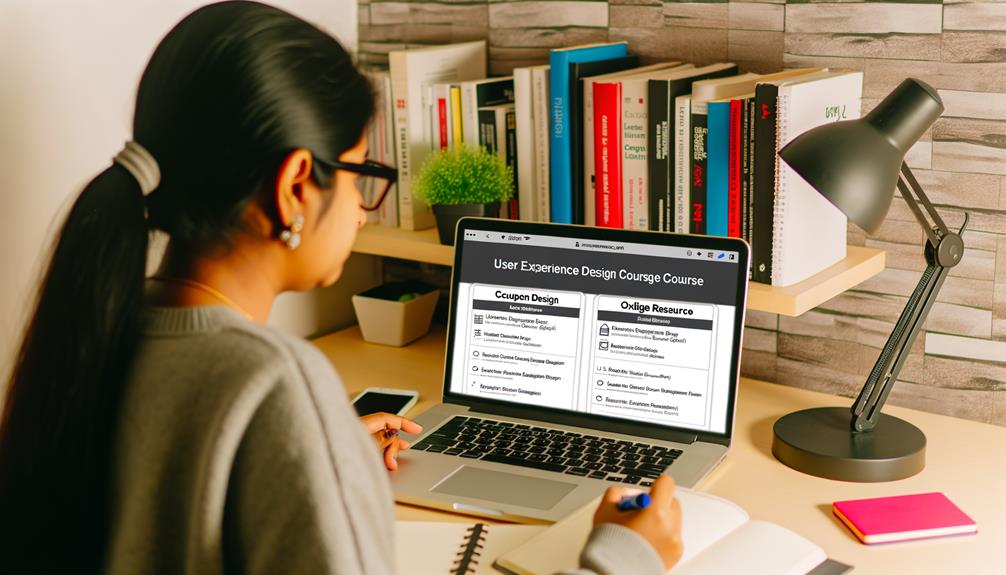
When embarking on the journey to become a UX designer, it's crucial to meticulously select the most suitable UX design course to propel our careers forward. We must prioritize courses that offer practical, hands-on learning, equipping us with the skills demanded by the industry.
A degree in UX-related fields or online certifications, such as Google's UX Design Professional Certificate, can significantly enhance our expertise. These courses, ranging from a few months to a few years, provide valuable knowledge and credentials to bolster our resumes. Additionally, certifications can open doors to new opportunities and demonstrate our commitment to mastering UX design.
Exploring Online Courses and Certifications
As we embark on the journey to become UX designers, it is essential to meticulously select the most suitable UX design course to propel our careers forward, and a pivotal aspect of this selection process involves exploring online courses and certifications. When considering online courses, it's crucial to look for reputable platforms and certifications that align with industry standards. Here's a comparison table to help you make an informed decision:
| Online Course Platform | Certification Offered | Duration |
|---|---|---|
| Coursera | UX Design Professional Certificate | 6 months |
| Udemy | Certified UX Designer | Varies |
| Interaction Design Foundation | UX Certification | 3-6 months |
These certifications can significantly enhance your skill set and make you more competitive in the job market. It's imperative to choose a course that not only fits your schedule but also provides valuable, real-world knowledge.
Google's UX Design Professional Certificate

Exploring the benefits of Google's UX Design Professional Certificate can significantly elevate one's proficiency in the field of user experience design. This certificate, offered by a tech giant with extensive expertise in user-centric design, provides practical skills and knowledge highly sought after in the industry.
With a focus on real-life projects and industry-relevant tools, the program equips individuals with the confidence and competence to excel as UX designers. Its flexible online format allows for learning at one's own pace, making it accessible for those with busy schedules.
Moreover, the certificate carries weight in the job market, signaling to employers a commitment to mastering the craft of UX design. By completing this program, we position ourselves at the forefront of the industry, ready to make a meaningful impact through our design expertise.
Developing Design Skills Independently
To develop our design skills independently, we continuously practice and improve our abilities. We actively seek inspiration from various design sources and engage in design challenges and competitions. We also stay updated on the latest design trends and tools, experimenting with different design techniques and styles.
Sharing our work on platforms like Behance and Dribbble is another important aspect of developing our skills. It allows us to gain visibility and receive valuable feedback from the UX design community.
Showcasing Designs on Online Platforms
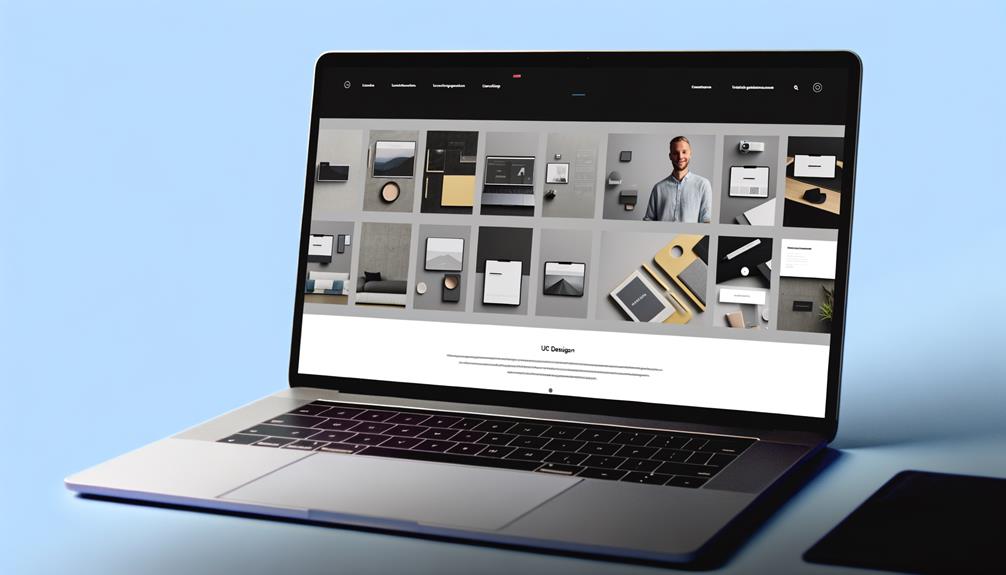
Showcasing our designs on online platforms is an essential step in gaining visibility and receiving valuable feedback from the UX design community. Platforms like Behance and Dribbble provide a space to share our work, connect with like-minded professionals, and demonstrate our design process.
By actively engaging with these platforms, we can attract attention to our portfolio and establish a strong online presence. It's important to curate our projects thoughtfully, ensuring that we showcase a diverse range of samples that highlight our skills and creativity.
Additionally, sharing our process and the impact of our designs on user experience can help us stand out and attract potential employers or collaborators. Leveraging online platforms empowers us to take control of our professional narrative and connect with a global audience that values innovation and creativity.
Seeking Design Internships and Freelance Opportunities
Seeking design internships and freelance opportunities is an integral part of gaining practical experience and honing our skills as UX designers. Here are some steps to help us find these valuable opportunities:
- Research and apply to companies aligned with our values and goals
- Showcase our passion for UX design through a well-crafted portfolio
- Network with professionals in the industry to discover hidden opportunities
- Utilize online platforms like LinkedIn and Upwork to find openings
Building Communication and Collaboration Skills

Building strong communication and collaboration skills is essential for excelling as a UX designer. As designers, we must effectively articulate our ideas, actively listen to feedback, and work seamlessly with multidisciplinary teams.
Clear and concise communication ensures that our design intentions are understood and implemented cohesively. Collaboration allows us to leverage diverse perspectives, fostering innovation and inclusive user experiences.
To enhance these skills, seek opportunities to lead group projects, participate in design sprints, and engage in cross-functional teamwork. Actively soliciting feedback and integrating it into our design process cultivates an environment of continuous improvement.
Connecting With Experienced Designers and Communities
Let's forge valuable connections and gather insights from experienced designers and thriving design communities to enrich our understanding and elevate our skills in UX design.
- Reach out to experienced designers for mentorship and advice
- Join online design communities like UX Mastery and Ladies that UX
- Attend design events, workshops, and conferences to network and learn
- Engage in open discussions and knowledge sharing on platforms like Slack and Reddit
Connecting with experienced designers and communities is vital for our growth as UX designers. By actively participating in these spaces, we can gain valuable insights, stay updated with industry trends, and build a supportive network.
Let's take charge of our learning journey and leverage these connections to propel our careers forward.
Utilizing Professional Networking Platforms

To maximize our professional connections in the UX design industry, we actively engage with platforms such as LinkedIn and Discord to expand our network and stay abreast of industry developments. These platforms offer a wealth of opportunities to connect with like-minded professionals, share insights, and stay updated on the latest trends and advancements in UX design.
By participating in relevant groups, discussions, and events, we position ourselves at the forefront of industry discourse and forge valuable connections that can lead to career advancement and collaborative opportunities. Through proactive engagement on these platforms, we not only strengthen our professional network but also demonstrate our commitment to continuous learning and growth within the UX design community.
Leveraging these professional networking platforms is essential for establishing a strong presence and fostering meaningful relationships in the dynamic field of UX design.
Frequently Asked Questions
How Can I Effectively Negotiate My Salary as a UX Designer?
We negotiate our salary as UX designers by:
- Researching industry standards
- Understanding our value
- Confidently presenting our case
We highlight our unique skills, achievements, and the impact we can make on the company.
We engage in open, respectful conversations, emphasizing mutual benefit.
We stand firm for fair compensation, leveraging our expertise and market demand.
We exude confidence, knowing our worth and advocating for equitable pay.
What Are Some Common Challenges Faced by UX Designers in the Industry?
As UX designers, we often face challenges such as balancing user needs with business goals, managing stakeholder expectations, and advocating for user-centered design in organizations.
Additionally, staying updated with rapidly evolving technology and design trends can be demanding. It's crucial to effectively communicate the value of UX design, navigate conflicting feedback, and ensure user empathy is at the core of our work.
These challenges require constant advocacy, resilience, and adaptability.
How Can I Stay Updated on the Latest UX Design Trends and Technologies?
We can stay updated on the latest UX design trends and technologies by actively engaging with the design community. This proactive approach ensures we remain at the forefront of industry advancements.
To achieve this, we should follow influential UX designers, join design forums, attend industry events, and participate in webinars and workshops. Networking and continuous learning through online resources and professional communities will keep us informed about emerging tools, best practices, and innovative approaches in UX design.
What Are Some Strategies for Managing and Overcoming Creative Burnout in UX Design?
We manage creative burnout in UX design by prioritizing self-care, setting boundaries, and seeking inspiration outside of work. Taking breaks, practicing mindfulness, and engaging in hobbies nurture our creativity.
Collaborating with team members, seeking feedback, and diversifying projects keep our work fresh. We acknowledge burnout, communicate it, and seek support when needed.
What Are Some Key Differences Between UX Design in Different Industries, Such as Tech, Healthcare, and Finance?
In different industries, UX design varies based on user needs and goals. Tech often focuses on seamless integration and cutting-edge interfaces. Healthcare prioritizes accessibility and user trust. Finance emphasizes security and intuitive data visualization.
Understanding these differences is key to tailoring designs. By recognizing industry-specific nuances, we can create impactful user experiences that align with the unique demands of each sector. This approach ensures our designs are purposeful and resonant, meeting the distinct needs of diverse industries.
Conclusion
We have provided you with a comprehensive roadmap to kickstart your journey in the dynamic field of UX design.
By choosing the right courses, developing your skills, and networking with experienced professionals, you're well on your way to becoming a successful UX designer.
Embrace the opportunities, stay committed to continuous learning, and never stop honing your craft.
Your future in UX design is bright, and we're excited to see you thrive in this rewarding and ever-evolving industry.
Let's make it happen!

